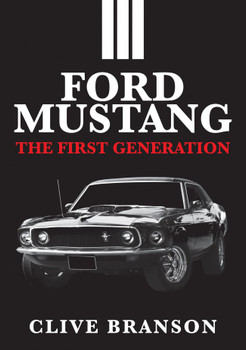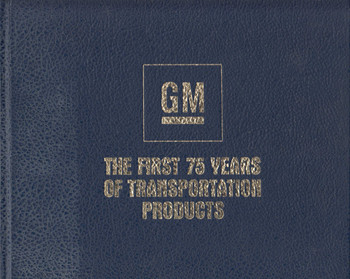Description
Author: David Clarke, Hardbound, 160 Pages, ISBN: 9781847973412, Published, 2012
The name of Triumph was one of the most famous in motorcycling. Its demise in 1983 caused anguish in the worldwide biking community, and seemed to be a nail in the coffin of another branch of British engineering that had, at one time, been a dominant force in the automotive world.
John Bloor's single-minded determination and vision not only resurrected the name of Triumph, it created a new centre of engineering excellence.
The new Triumph factory, opened in 1990, stood amongst the best automotive engineering centres in the world. Triumph
subsequently developed into a significant world manufacturer, but the foundations needed to be solid to allow the company to establish itself, and to pave the way for future development. The early years of the new Triumph company were critical to the establishment of a viable brand, and to the creation of a lasting presence in the marketplace.
The initial range of bikes shared the same spine frame and standard components to save development costs. However, Triumph's expert and innovative designers managed to create models that felt significantly different from one
another, catering to customers' different desires and requirements.
David Clarke's book covers the rise of the reestablished company, including the building of the new factory, and the design, development and manufacturing process for the first generation 'modular' bikes, as well as model changes through the range. The book features input from members of the original design team and those working on the factory floor. It looks at the entry of Triumph into racing and the racing models, with detailed material on the Speed Triple Challenge.
The first-generation bikes were produced until 2004. By then, Triumph had emerged as a force to be reckoned with, with a reputation for quality and a distinct company identity. The company continues to grow, underpinned by developments made possible by the success of
cse models.


















